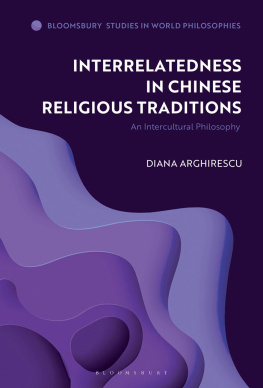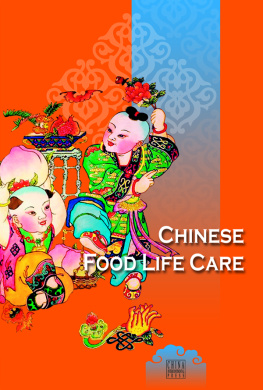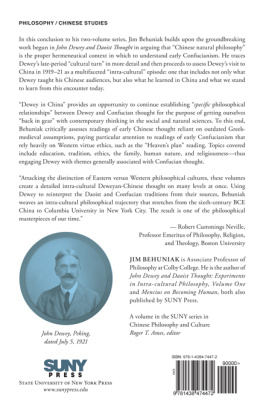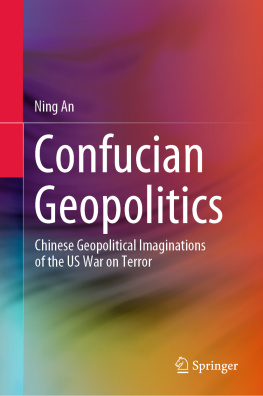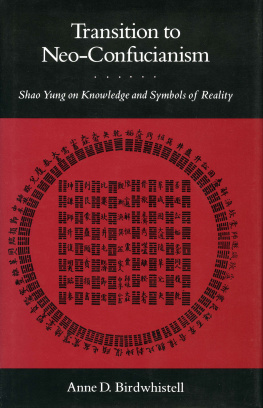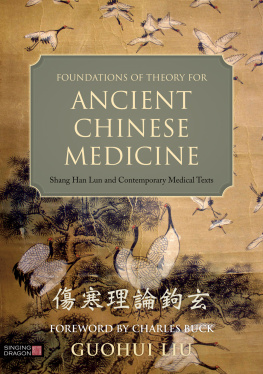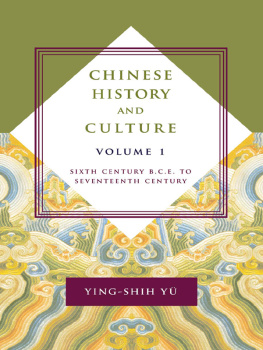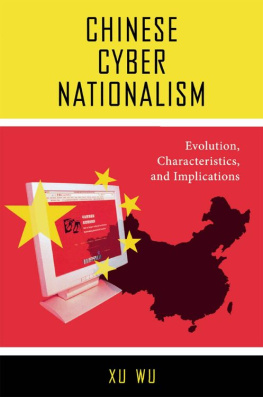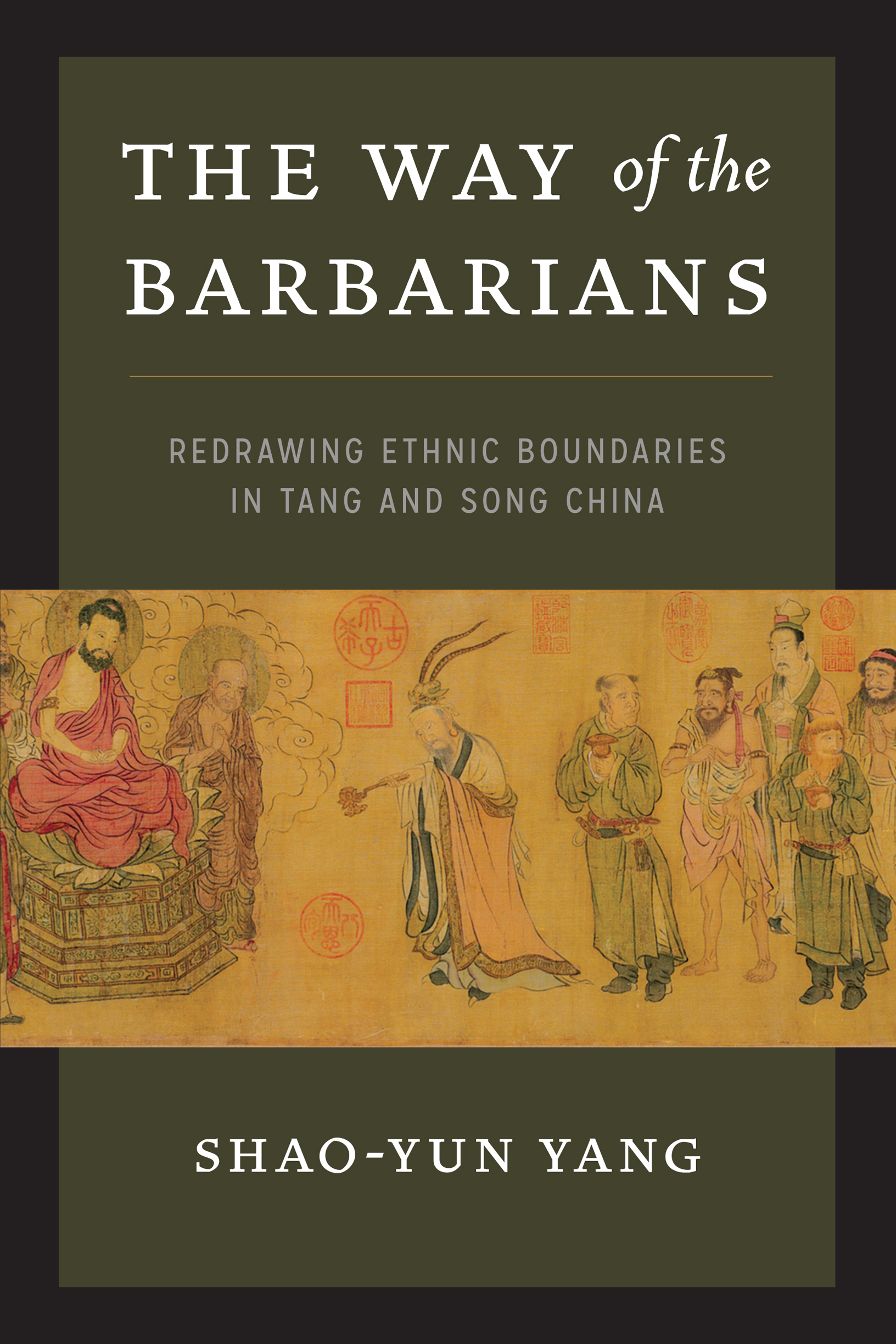Contents
Guide
Pagebreaks of the print version
The Way of the Barbarians
Redrawing Ethnic Boundaries in Tang and Song China
Shao-yun Yang
UNIVERSITY OF WASHINGTON PRESS
Seattle
The Way of the Barbarians was made possible in part by a grant from the Chiang Ching-kuo Foundation for International Scholarly Exchange.
Copyright 2019 by the University of Washington Press
Composed in Minion Pro, typeface designed by Robert Slimbach
23 22 21 20 19 5 4 3 2 1
Printed and bound in the United States of America
All rights reserved. No part of this publication may be reproduced or transmitted in any form or by any means, electronic or mechanical, including photocopy, recording, or any information storage or retrieval system, without permission in writing from the publisher.
UNIVERSITY OF WASHINGTON PRESS
uwapress.uw.edu
LIBRARY OF CONGRESS CATALOGING-IN-PUBLICATION DATA
Names: Yang, Shao-yun, author.
Title: The way of the barbarians : redrawing ethnic boundaries in Tang and Song China / Shao-yun Yang.
Description: Seattle : University of Washington Press, [2019] | Includes bibliographical references and index. |
Identifiers: LCCN 2019014020 (print) | LCCN 2019019537 (ebook) | ISBN 9780295746012 (ebook) | ISBN 9780295746029 (hardcover : alk. paper) | ISBN 9780295746036 (pbk. : alk. paper)
Subjects: LCSH : ChinaEthnic relationsHistoryTo 1500. | MinoritiesChinaHistoryTo 1500. | National characteristics, ChineseHistoryTo 1500. | ChinaCivilization221 B.C.-960 A.D. | ChinaCivilization960-1644. | ChinaHistoryTang dynasty, 618-907. | ChinaHistorySong dynasty, 960-1279.
Classification: LCC DS730 (ebook) | LCC DS730 .Y428 2019 (print) | DDC 305.800951/09021dc23
LC record available at https://lccn.loc.gov/2019014020
COVER ILLUSTRATION: Traditionally attributed to Zhao Guangfu (ca. 923976), Barbarian Royalty Worshiping the Buddha , detail. Handscroll, ink, and color on silk; H 28.6 cm, L 103.5 cm. Cleveland Museum of Art.
The paper used in this publication is acid free and meets the minimum requirements of American National Standard for Information SciencesPermanence of Paper for Printed Library Materials, ANSI Z39.481984.
Contents
Acknowledgments
It seems appropriate here to begin at the beginning by thanking Yu Pingguang, who used stories to introduce me to premodern Chinese history in the mid-1990s, and Fong Say Fong (Hong Xuefang), my first teacher in Classical Chinese. At the National University of Singapore, Huang Jianli urged me to find a historical question that really mattered to me. I owe it to his wise and patient tutelage that the question I stumbled upon has taken me this far. I am deeply grateful also to David Johnson, Nicolas Tackett, Robert Ashmore, and especially Michael Nylan at the University of California, Berkeley. Each of them has enriched my understanding of Chinas past and of the historians craft, increasing my willingness to look at my sources with fresh, objective eyes and my ability to interpret what I see.
At various stages of writing, I have benefited from the encouragement and advice of Barry Keenan, Ruth Dunnell, Richard J. Smith, Yuri Pines, Charles Holcombe, Andrs Rna-Tas, Javier Carams Snchez, Moritz Huber, and Sharon Sanderovitch. My thanks also to Tineke DHaeseleer, Charles Hartman, Liu Chengguo, Hoyt Tillman, and Melissa Brown for their candid and perceptive critiques of early versions of the argument. I have presented ideas and arguments from the book at Harvard University, Yale University, and Kenyon College, and would like to thank Mark C. Elliott, James Robson, Valerie Hansen, Franois Louis, and Ruth Dunnell for these opportunities, as well as Li Wai-yee, Hue-Tam Ho Tai, Peter Bol, Daniel Kane, Naomi Standen, Pierre Marsone, Wen Xin, Kim Youn-mi, Joseph Adler, Yang Xiao, and Anna Sun for their interest and helpful comments on those occasions. I thank Higashi Hidetoshi, whose scholarship on Northern Song Guwen writers has been vital to my work, and who generously answered a key question in detail via e-mail. I gained useful perspectives on current Chinese historiography surrounding identity and empire from extended conversations with Yao Dali, Ge Zhaoguang, Wen Haiqing, Qiu Yihao, and Zhang Jia at Fudan University in the summer of 2018, and appreciate their generosity in sharing their time and ideas.
Special thanks go to two anonymous readers for the University of Washington Press who improved the book considerably through detailed feedback on the finished manuscript. Executive editor Lorri Hagman also provided valuable stylistic recommendations and persuaded me that it was possible to make the book both significantly shorter and bettera task she clearly has had to accomplish with many academic writers. Responsibility for the final shape that the book has taken, including errors and omissions, is mine alone.
The research for this book was conducted using sources held in the C. V. Starr East Asian Library at the University of California, Berkeley, and the Thompson Library at the Ohio State University, as well as books obtained from other universities through the remarkably efficient interlibrary loan service at Denison Universitys Doane Library. For their invaluable assistance, I would like to express my appreciation to librarians He Jianye (Berkeley) and Susan Rice (Denison). I was able to begin writing in 2015 during a semester of parental leave following the birth of my son Daniel, and engaged in the penultimate stage of revision to the manuscript during a semester-long sabbatical in 2018. I am grateful to my colleagues in the Department of History and the East Asian Studies program at Denison University for accommodating my absence during these precious periods of time away from my regular teaching duties. I am even more grateful for their collegiality and support, which have made those regular duties a joy throughout the five years of working on the book.
My wife, Estelleboth my toughest critic and my biggest cheerleaderhas had to keep the house running and dish out healthy doses of real-world perspective (in addition to healthy and delicious food) while I labored and brooded over this project. For her daily acts of selflessness over the years, I owe her more gratitude than words can express. Our children Ying Ling, Huimin, and Daniel have cheered me up innumerable times with smiles and hugs and laughter, reminding me what all this work is for in the end. Our parents, siblings, and various kin in Singapore, Australia, China, and the United States have been sources of support and advice that we can always count on, even over great distances. I am particularly indebted and grateful to my father, Yang Lih Shyng, and my mother, Chen Chorng Ru, to William and Amy Chan, and to Lin Jingyi for their years of timely help on matters big and small.
Some twelve years of studying the long history of Chinese ethnocentrism have made me acutely aware that few ideas are as universal, and as impermeable to reason, as the idea that ones culture or nation is inherently better than all others in the world. This book is thus dedicated to all who have worked, or are now working, to bring peoples and cultures together in understanding, mutual respect, friendship, and peace.
Chronology of Dynasties
Names of the Sixteen Kingdoms between 304 and 439 and the Ten Kingdoms between 907 and 979 are omitted for brevity.
Xia mythical?
Shang ca. 16001046 BCE
Zhou ca. 1046256 BCE
Western Zhou ca. 1046771 BCE
Eastern Zhou 770256 BCE
Annals (Spring and Autumn) period 770476 BCE


